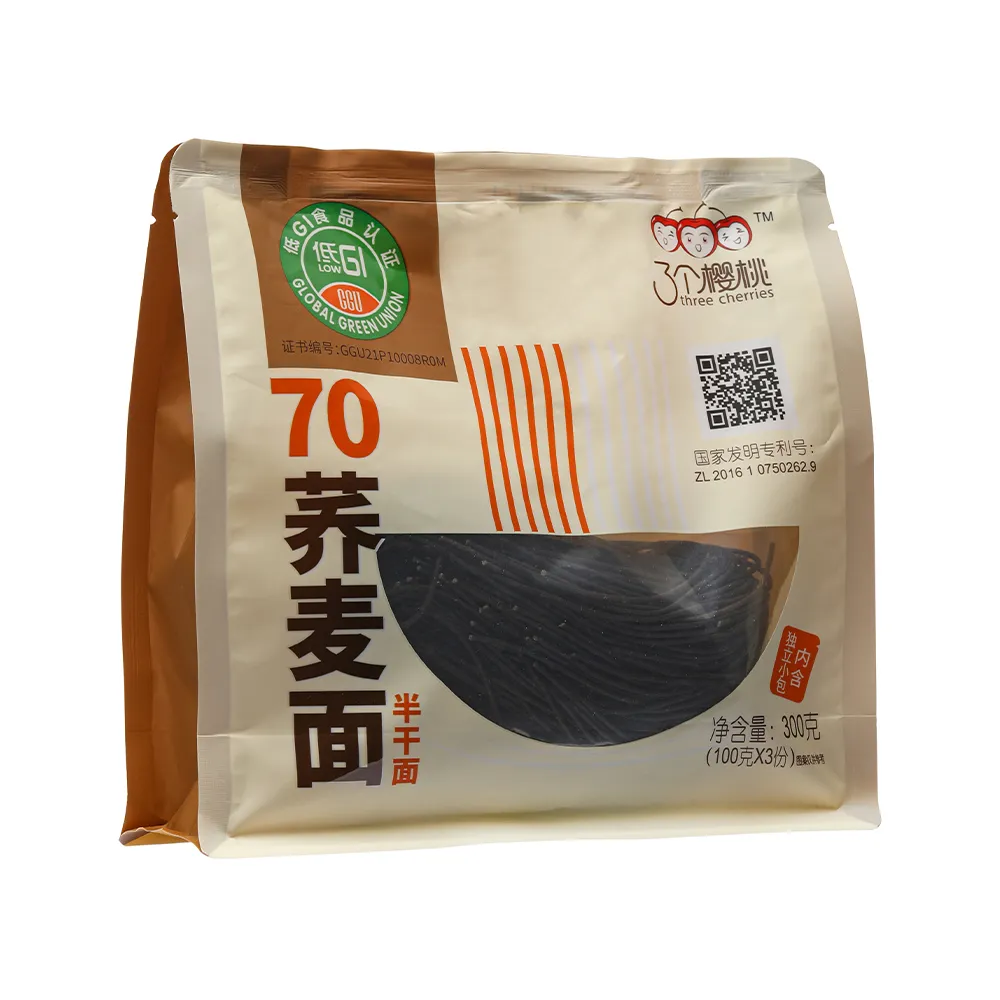japanese dry noodles
Exploring the World of Japanese Dry Noodles
Japanese dry noodles, or “hosomen,” represent a fascinating culinary tradition that has evolved over centuries, showcasing a blend of simplicity, versatility, and deep-rooted culture. They serve as a fundamental component of many staple dishes in Japan and have gained popularity across the world due to their unique texture and delightful flavor.
A Brief History
The origins of noodles in Japan can be traced back to the 8th century, with significant influences from Chinese culinary practices. However, it wasn't until the Edo period (1603-1868) that noodle-making techniques refined, giving rise to distinct Japanese varieties that we enjoy today, including soba (buckwheat noodles), udon (thick wheat noodles), and somen (thin wheat noodles). Among these, dry noodles have emerged as a convenient and popular option, favored for their long shelf-life and ease of preparation.
Varieties of Japanese Dry Noodles
Japanese dry noodles come in various forms, each with its unique characteristics
1. Soba Made primarily from buckwheat flour, soba is known for its earthy flavor and firm texture. While fresh soba noodles are popular, dry soba noodles offer the same nutritional benefits and can be easily stored. Soba can be enjoyed cold with a dipping sauce or served hot in broth.
2. Udon Thick and chewy, udon noodles are made from wheat flour. The dry version of udon retains the chewy texture and is ideal for hearty soups and stir-fries. Udon’s versatility allows it to be paired with various ingredients, from vegetables to protein sources.
3. Somen These are the thinnest of the Japanese noodles, made from wheat flour. Typically served cold in the summer, dry somen noodles are quick to cook and can be enjoyed with a simple dipping sauce or as a refreshing salad.
japanese dry noodles

4. Yakisoba Although not traditionally considered a “dry noodle”, yakisoba is a popular fried noodle dish featuring thick, wheat-based noodles. The dry version is used in various stir-fries, making it a favorite street food in Japan.
Culinary Uses and Preparation
The preparation of Japanese dry noodles is straightforward, requiring just boiling water and a few minutes of cooking time. One of the appealing aspects of these noodles is their adaptability; they can easily absorb flavors from sauces and broths, enhancing the overall dish.
For example, cold soba served with a soy-based dipping sauce is a refreshing summer meal, while warm udon can be infused with rich flavors from a homemade broth with toppings like green onions, tempura, and slices of kamaboko (fish cake).
Another popular way to enjoy these noodles is through yakisoba stir-fry, where the dry noodles are cooked quickly in a hot pan with a medley of vegetables and meat, seasoned with a savory sauce that brings everything together.
Health Benefits
In addition to their culinary appeal, many Japanese dry noodles, particularly soba, offer health benefits. Buckwheat soba is rich in fiber and protein and has a lower glycemic index than traditional wheat noodles, making it an excellent option for those looking to maintain healthy blood sugar levels. Udon and somen, while more carbohydrate-rich, can be fortified with vegetables and proteins to create a balanced meal.
Conclusion
Japanese dry noodles, with their rich history and diverse varieties, have made a significant impact on both Japanese cuisine and the global food landscape. Their versatility makes them suitable for various dishes, from traditional bowls of soba to creative stir-fries. As culinary enthusiasts continue to explore the flavors and techniques of Japanese cooking, these noodles will undoubtedly remain a staple, inviting food lovers to experience the delightful amalgamation of tradition and innovation in every bite.
-
Is Whole Wheat Pasta Healthy?NewsMay.30,2025
-
Are Soba Noodles Good for Weight Loss?NewsMay.30,2025
-
Are Buckwheat Soba Noodles Healthy?NewsMay.30,2025
-
Are Buckwheat Soba Noodles Gluten Free?NewsMay.30,2025
-
Are Buckwheat Noodles Good for You?NewsMay.30,2025
-
A Healthy Way to Savor Soba and Spicy FlavorsNewsMay.30,2025
-
What Are Lanzhou Noodles?NewsMay.30,2025
Browse qua the following product new the we

















































































































